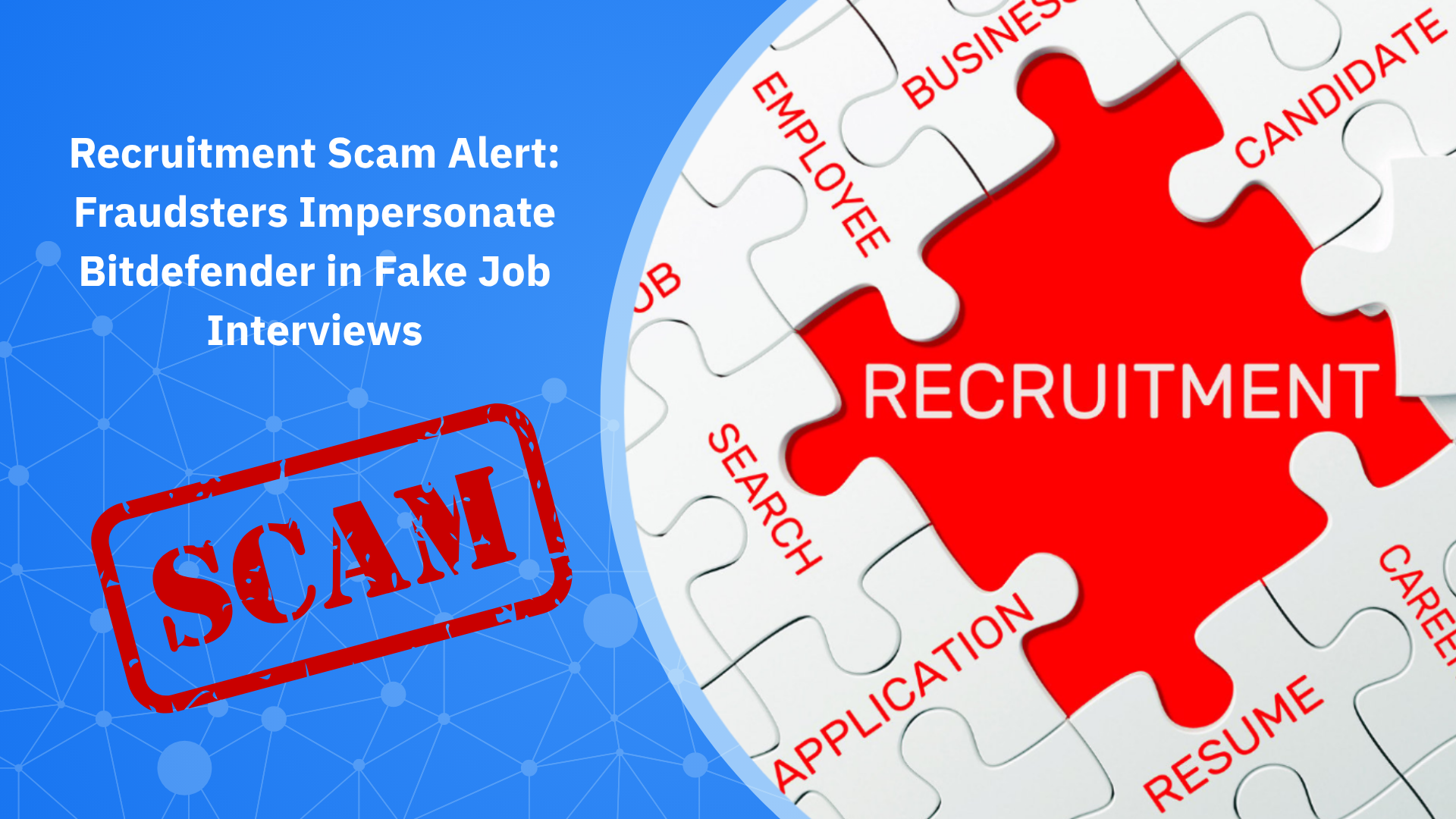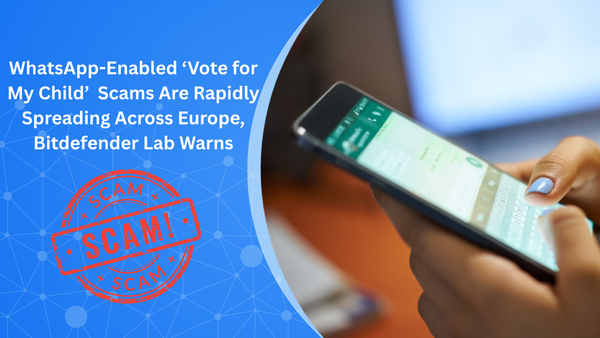TSA PreCheck Scams: How to Spot Phony Emails and Avoid Getting Scammed

Speeding through airport security lines with TSA PreCheck is a welcome convenience for many travelers. However, scammers are also keenly aware of it, exploiting the demand for fast security screening by targeting travelers with phishing emails impersonating TSA PreCheck.
How the TSA PreCheck Scam Works
According to a recent FTC consumer alert, scammers send emails that appear to come from TSA PreCheck, encouraging recipients to enroll or renew their membership.
The scam emails contain links to cloned versions of the legitimate TSA website where victims are requested to pay a fee and provide personal information. Victims think they’re all set up and won’t have to wait in long security lines for their next flight. However, the next time they arrive at the airport, they might find they’ve fallen for a scam and cannot use the TSA PreCheck benefits they paid for.
Key Points to Remember About the Legitimate TSA PreCheck
- First-time applicants don’t pay online: When applying for TSA PreCheck for the first time, you must complete the application online but pay in person at an official TSA enrollment center. If you are asked to pay as a first-time applicant, it’s 100% a SCAM!
- Renewals can be done both online or in person: If you want to renew your TSA PreCheck, you can pay online or in person. The TSA will send you a renewal message, and, if you’re unsure, you can always start the renewal process by heading to the official platform at tsa.gov/precheck to avoid clicking any links.
- Legitimate or real emails from the TSA have no payment links: Even if the TSA sends you a renewal reminder email, it will never include direct links for recipients to make a payment. Be cautious of any email or text urging you to click a payment link.
How to Spot a TSA PreCheck Scam
- Unexpected emails or texts: If you get an email or text about TSA PreCheck that you weren’t expecting, even if it looks authentic, it could be a scam.
- High-pressure tactics: Scammers often try to rush you into making quick decisions. If an email or message pressures you to pay immediately to keep your TSA PreCheck active or warns you that you’ll lose your benefits, that’s a red flag.
- Website URLs: Always check the URL carefully. TSA PreCheck sites will have a .gov domain, as the program is run by the US government. Scam sites often use similar-looking .com domains to fool users. Typing tsa.gov/precheck directly into your browser is the best way to avoid getting scammed and losing your money.
What to Do if You Encounter a Scam
If you’ve spotted a TSA PreCheck scam or unfortunately fallen victim to one you can report the scam to the Federal Trade Commission (FTC) at ReportFraud.ftc.gov.
If you’ve shared your credit card details with a scammer, contact your bank or credit card issuer immediately and monitor your accounts for suspicious activity.
Stay Safe from TSA PreCheck and Other Phishing Scams
To protect yourself from TSA PreCheck scams, as well as any other phishing scams, make sure you:
- Don’t click on unsolicited links received via email or text. Always head to the official platform or website by typing the by typing the URL yourself.
- Verify the sender: Check if the sender’s email address or phone number is legitimate before taking any action or grabbing your credit card to make payment.
- Be cautious of urgent requests: Scammers often use fear or urgency to trick you into acting quickly. If you feel pressured to make a payment or provide sensitive information, take a step back and verify the request through official channels.
- Learn to recognize phishing attempts: Phishing scams aren’t just limited to TSA PreCheck. Scammers are constantly trying to steal your personal information through fake emails, texts, and websites.
You can familiarize yourself with common phishing tactics and scams by reading this dedicated guide: Phishing Scams: How to Identify and Avoid Them
- Use dedicated scam-busting tools. If you suspect someone is trying to scam you, or a website looks suspicious, check it with Scamio, our AI-powered scam detection service for FREE!
Send any texts, messages, links, QR codes, or images to Scamio, which will analyze them to determine if they are part of a scam. Scamio is free and available on Facebook Messenger, WhatsApp, your web browser and Discord. You can also help others stay safe by sharing Scamio with them in France, Germany, Spain, Italy, Romania, Australia, and the UK.
tags
Author
Alina is a history buff passionate about cybersecurity and anything sci-fi, advocating Bitdefender technologies and solutions. She spends most of her time between her two feline friends and traveling.
View all postsRight now Top posts
Recruitment Scam Alert: Fraudsters Impersonate Bitdefender in Fake Job Interviews
October 13, 2025
What are Roblox Executors and Why Do Parents Really Need to Know About Them
October 10, 2025
How to Outsmart Today’s Sneakiest Phishing Scams
October 10, 2025
FOLLOW US ON SOCIAL MEDIA
You might also like
Bookmarks







